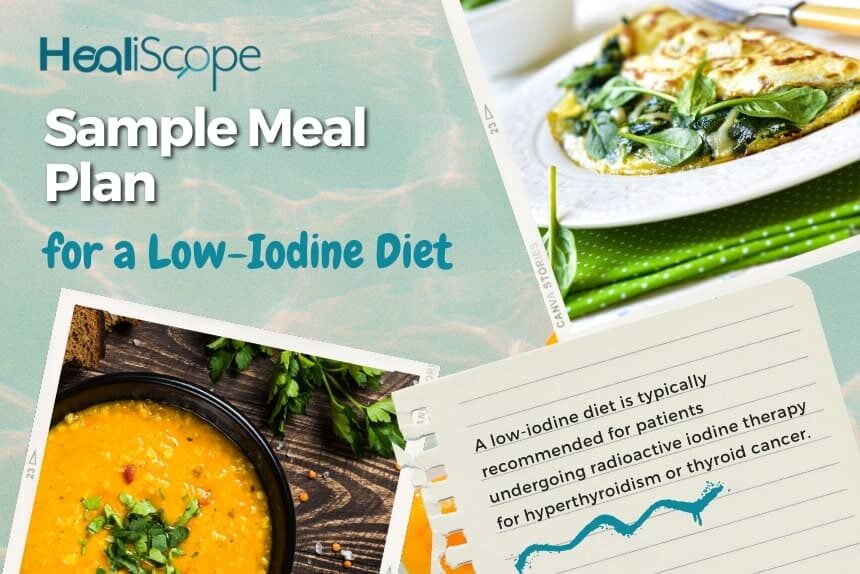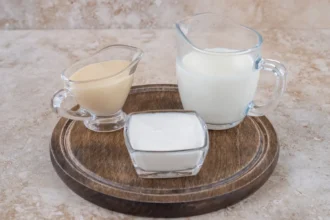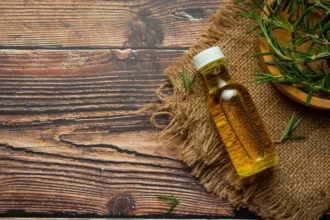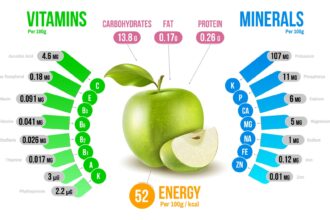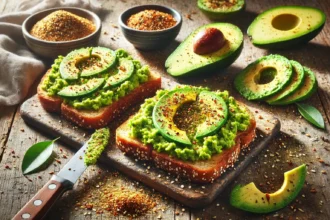Following a low iodine diet can feel overwhelming at first, but with the right approach, it becomes much easier to navigate. Whether you’re following this diet for thyroid health or medical reasons, knowing which foods to eat (or avoid) and how to plan meals can help you stay on track and support your treatment.
In this comprehensive guide, we’ll cover:
✔ Why a low iodine diet is necessary
✔ How long to follow it
✔ Which foods to avoid and enjoy
✔ Practical tips for meal planning and dining out
Let’s make this diet simple, effective, and stress-free!
What is a Low Iodine Diet?
A low iodine diet focuses on significantly reducing iodine intake to support thyroid treatments like radioactive iodine therapy (RAI) or thyroid cancer management.
🔹 Iodine’s Role in the Body → The thyroid gland absorbs iodine to produce hormones. In certain medical conditions, limiting iodine temporarily helps treatments work more effectively.
🔹 Daily Iodine Limits → The standard daily recommendation is 150 mcg for adults, but a low iodine diet restricts intake to under 50 mcg per day.
🔹 Temporary Diet → This diet is not permanent and is usually followed for 1–2 weeks before medical procedures.
📌 Note: This diet does not mean eliminating iodine completely—it’s about carefully monitoring and limiting intake.
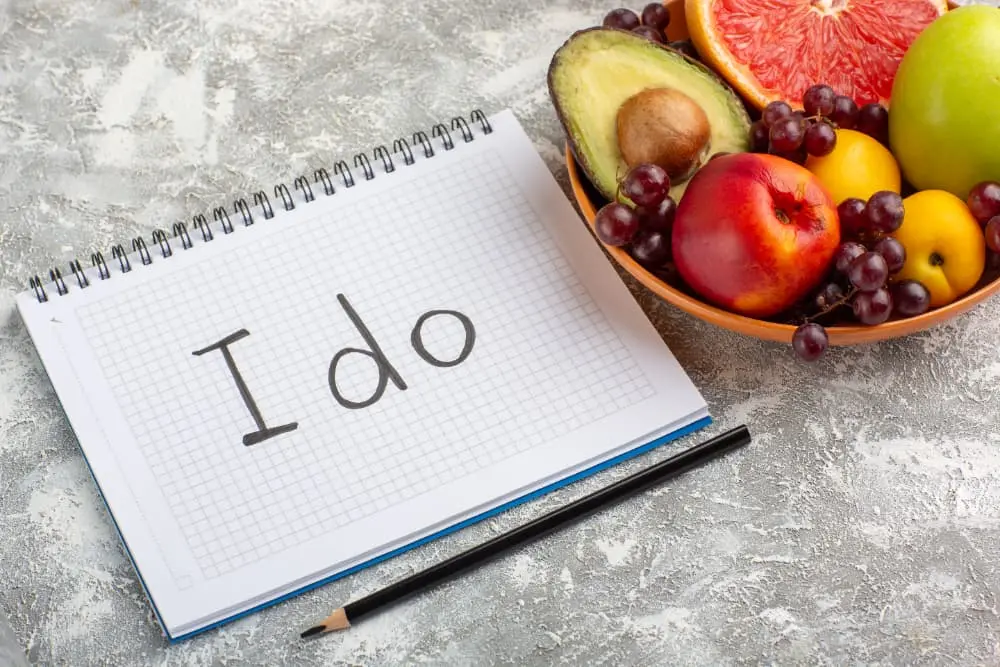
Why Follow a Low Iodine Diet?
While iodine is essential for overall health, certain medical conditions require short-term iodine restriction to optimize treatments.
1. Hyperthyroidism & Radioactive Iodine Therapy
✔ Hyperthyroidism occurs when the thyroid produces too many hormones, causing symptoms like rapid heartbeat, weight loss, and anxiety.
✔ A low iodine diet helps the thyroid absorb radioactive iodine more effectively, making treatment more successful.
2. Thyroid Cancer Treatment
✔ Before radioactive iodine therapy for thyroid cancer, doctors limit iodine intake to ensure that the thyroid gland absorbs the treatment efficiently.
✔ This diet enhances the effectiveness of cancer treatment by making any remaining thyroid cells more iodine-hungry.
📌 Important: A low iodine diet is not a cure—it supports medical treatments. Always follow your doctor’s guidance.
Foods to Avoid on a Low Iodine Diet
Certain foods are naturally high in iodine and should be eliminated during this diet.
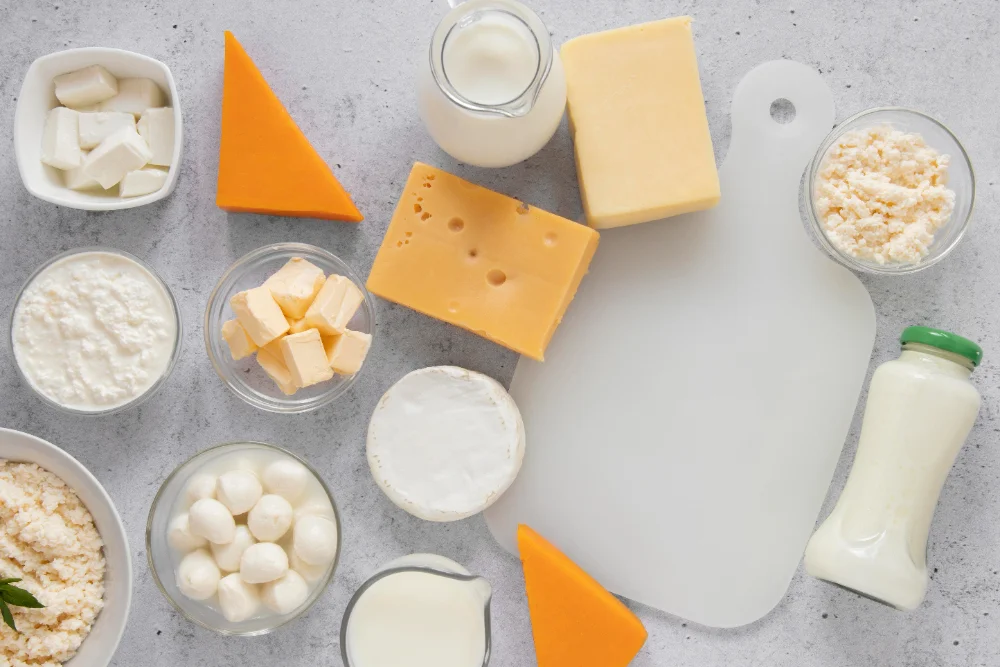
1. Seafood and Seaweed
🚫 Avoid completely → These are the highest iodine sources.
❌ Fish (cod, tuna, haddock)
❌ Shellfish (shrimp, crab, lobster)
❌ Seaweed (kelp, nori, wakame)
2. Dairy Products
🚫 Dairy contains iodine due to supplements in animal feed.
❌ Milk, yogurt, cheese
❌ Butter, cream, ice cream
❌ Whey protein supplements
3. Iodized Salt & Processed Foods
🚫 Iodized salt is a major iodine source, often hidden in processed foods.
❌ Fast food, frozen meals, canned soups
❌ Breads, cereals, crackers (check labels)
❌ Pickled foods, deli meats
📌 Use non-iodized salt instead!
4. Egg Yolks & Soy Products
🚫 Egg yolks contain moderate iodine levels. Egg whites are safe.
🚫 Soy products (soy milk, tofu, soy sauce) may contain iodine.
5. Red Food Dye & Certain Fruits/Veggies
🚫 Red food dye (#3) contains iodine.
🚫 Strawberries, cranberries, potatoes (moderate iodine levels).
📌 Always check ingredient labels carefully!
Low Iodine Diet-Friendly Foods You Can Enjoy
The good news? Many delicious and nutritious foods are naturally low in iodine.
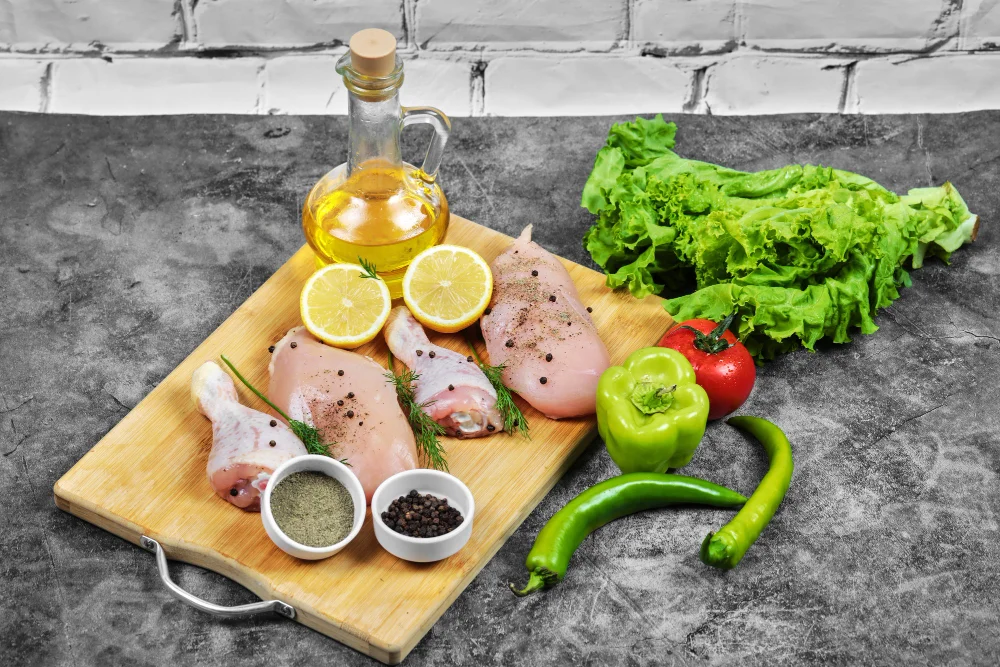
1. Fresh Fruits & Vegetables
✅ Apples, bananas, berries, citrus fruits
✅ Carrots, cucumbers, lettuce, spinach
✅ Onions, peppers, zucchini, cauliflower
2. Lean Meats & Protein
✅ Unsalted, fresh poultry (chicken, turkey)
✅ Lean beef & pork (unprocessed, no added salt)
✅ Egg whites (avoid yolks)
✅ Unsalted nuts & seeds (almonds, walnuts, pumpkin seeds)
✅ Legumes (lentils, beans, peas)
3. Grains & Breads
✅ Homemade bread & pasta (made with non-iodized salt)
✅ Rice & quinoa
✅ Oats & plain oatmeal
✅ Corn tortillas
📌 Tip: Always check for hidden iodized salt or dairy in store-bought products!
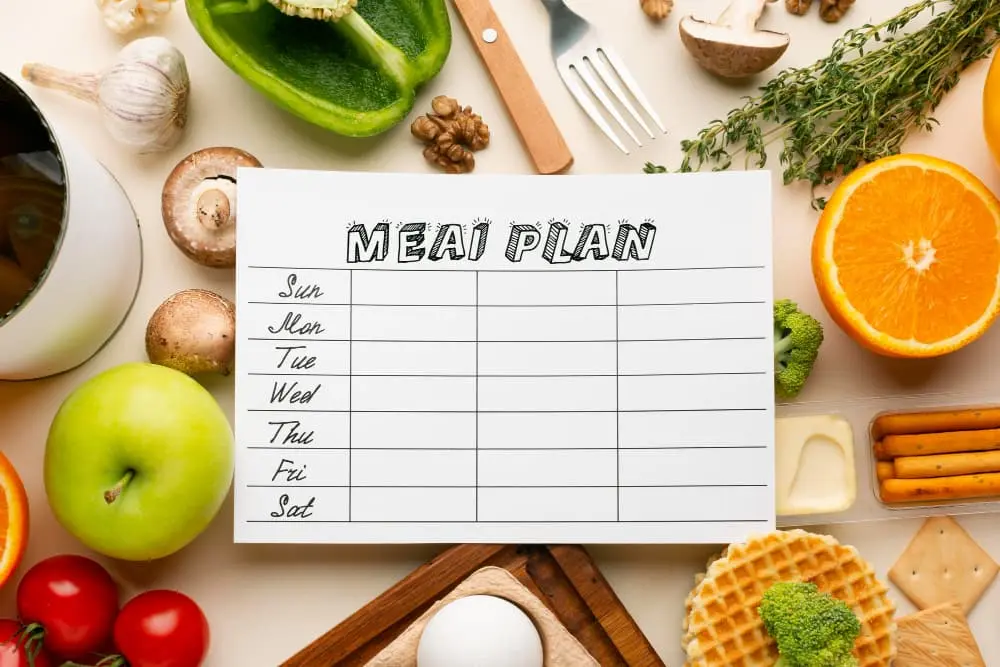
Sample Low Iodine Diet Meal Plan
🔹 Breakfast: Oatmeal with fresh berries & walnuts OR scrambled egg whites with spinach & tomatoes.
🔹 Lunch: Grilled chicken salad with mixed greens & vinaigrette OR lentil soup with whole grain toast.
🔹 Snacks: Fresh fruit, unsalted almonds, rice cakes with avocado.
🔹 Dinner: Baked salmon with roasted vegetables OR chicken stir-fry with brown rice & coconut aminos.
📌 Stay hydrated & avoid processed foods!
Tips for Sticking to a Low Iodine Diet
💡 1. Read Food Labels Carefully
🔹 Check for hidden iodine sources (iodized salt, dairy, soy, seaweed).
🔹 Avoid ingredients like kelp, carrageenan, and alginate.
💡 2. Cook at Home
🔹 Control ingredients & preparation methods.
🔹 Explore low iodine recipes for variety.
💡 3. Be Cautious When Eating Out
🔹 Ask about iodine-free options.
🔹 Skip sauces, dressings, and marinades (they may contain iodized salt).
💡 4. Work with a Dietitian
🔹 A professional can create a personalized meal plan to ensure balanced nutrition.
💡 5. Plan Ahead
🔹 Prepare snacks & meals in advance to avoid slip-ups.
🔹 Keep low iodine foods on hand when traveling.
📌 Stay positive! This diet is temporary and supports your health goals.
Final Thoughts
A low iodine diet is a short-term adjustment to support thyroid treatments like radioactive iodine therapy. While it requires careful planning, it can be enjoyable and nutritionally balanced with the right strategies.
Remember:
✔ Follow your doctor’s guidance.
✔ Choose fresh, whole foods.
✔ Read labels & avoid hidden iodine sources.
✔ Plan meals & snacks in advance.
By taking these steps, you can successfully manage a low iodine diet and support your thyroid health. 💙
Frequently Asked Questions
Can a Low Iodine Diet Cause Deficiency?
No, since it’s short-term, iodine deficiency is unlikely. Your doctor will monitor your levels.
How Long Should I Follow This Diet?
Typically 1–2 weeks, but always follow your doctor’s recommendation.
Is a Low Iodine Diet Hard to Follow?
It can be challenging at first, but with meal planning and home cooking, it’s manageable.
What Are the Risks of a Low Iodine Diet?
Long-term iodine restriction is not recommended and can affect thyroid health. Pregnant/breastfeeding women should not follow this diet unless medically advised.

